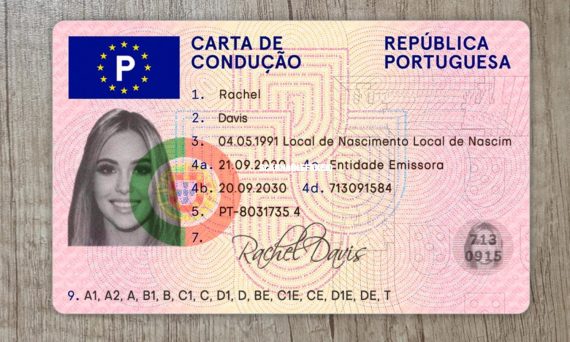Driving License Requirements: A Comprehensive Guide
Acquiring a driving license is an essential step for many people, giving them the ability to run a motor car lawfully and navigate their surroundings more individually. Nevertheless, the requirements for acquiring a driving license can differ substantially from one nation or area to another. Comprehending these requirements is crucial for potential drivers. This post will explore the driving license requirements and detail the normal steps involved in getting a license, as well as common questions and pitfalls to prevent.
Types of Driving Licenses
Before diving into the requirements, it is vital to comprehend the different kinds of driving licenses typically issued throughout jurisdictions. These can include:
- Learner's Permit: A provisional license enabling new drivers to practice under specific conditions.
- Full (or Unrestricted) License: The basic driving license enabling the holder to drive independently without limitations.
- Business Driver's License (CDL): Required for motorists running commercial lorries, such as trucks and buses.
- Motorcycle License: A specialized license for running motorbikes.
The specific requirements for these different licenses will vary, however they usually follow similar structures.
General Requirements for Obtaining a Driving License
Age Requirements
One of the primary requirements for obtaining a driving license is the candidate's age. Most jurisdictions set a minimum age for obtaining different types of licenses:
| License Type | Minimum Age |
|---|---|
| Student's Permit | 15-16 years |
| Full License | 18-21 years |
| Industrial License | 18-21 years |
| Motorcycle License | 16-18 years |
Documentation
When looking for a driving license, the candidate should provide numerous essential documents. Although the specifics can vary, normal paperwork requirements consist of:
- Proof of identity (e.g., passport or birth certificate)
- Proof of residency (e.g., energy bill or lease contract)
- Social Security number or equivalent
- Adult authorization form (for minors)
- Completion paperwork from driver education courses (if applicable)
Examination Requirements
To acquire a driving license, candidates normally must pass both a composed and a practical driving examination. Loja De Cnh written examination tests understanding of traffic laws and safe driving practices, while the useful examination examines driving skills in genuine traffic scenarios.
Secret Components of a Driving Test
- Composed Examination
- Traffic laws
- Roadway indications
- Safe driving practices
- Practical Driving Test
- Lorry handling
- Following traffic signals
- Parking maneuvers
- Navigating through intersections
Fees
Normally, candidates should also pay a series of costs throughout the application process, which can incorporate:
- Learner's authorization charge
- License application cost
- Testing fees
- Renewal fees (for future renewals)
Steps to Obtain a Driving License
The process for acquiring a driving license generally consists of the following steps:
- Research Local Requirements: Familiarize oneself with the particular requirements in your jurisdiction.
- Get a Learner's Permit: Complete the necessary documentation and tests to obtain a learner's authorization if relevant.
- Total Driver's Education: Consider enrolling in a motorist education program-- this is often necessary for more youthful candidates.
- Practice Driving: Accumulate the necessary variety of supervised driving hours.
- Arrange and Pass the Written Exam: Prepare for and pass the written driving test to get the learner's or provisional license.
- Set up and Pass the Practical Driving Test: After meeting the practice requirements, take and pass the useful driving assessment.
- Pay Required Fees: Pay any involved fees for the license.
- Receive the Driving License: Once all steps are finished successfully, the license is provided.
Frequently Asked Questions About Driving License Requirements
Q1: Can I drive with a student's permit?A1: Yes, however usually you must be accompanied by a licensed driver and follow particular constraints, such as driving just during daytime hours. Q2: What if I fail the driving test?A2: Most jurisdictions allow you to retake the driving test after a waiting duration, though policies may differ, consisting of extra fees. Q3: Are online driving tests available?A3: Some regions might supply online screening alternatives for the written exam, but it is necessary
to inspect the particular guidelines for your jurisdiction. Q4: How long is a driving license valid?A4: Most driving licenses are valid from 4 to 10 years, depending on local regulations, after which they need to be renewed.
Q5: Do I need to pass a vision test?A5: Yes, a vision test is generally needed as part of the license application process to guarantee that chauffeurs can see properly.
Comprehending the driving license requirements is
the initial step for anybody aiming to drive lawfully and securely. By browsing the steps outlined above and making sure that all needed documents,
evaluations, and costs remain in order, prospective motorists can successfully obtain their driving licenses. As constantly, candidates must inspect their regional guidelines for the most accurate and detailed details. This comprehensive approach not just benefits the private however also adds to roadway safety for everyone.

